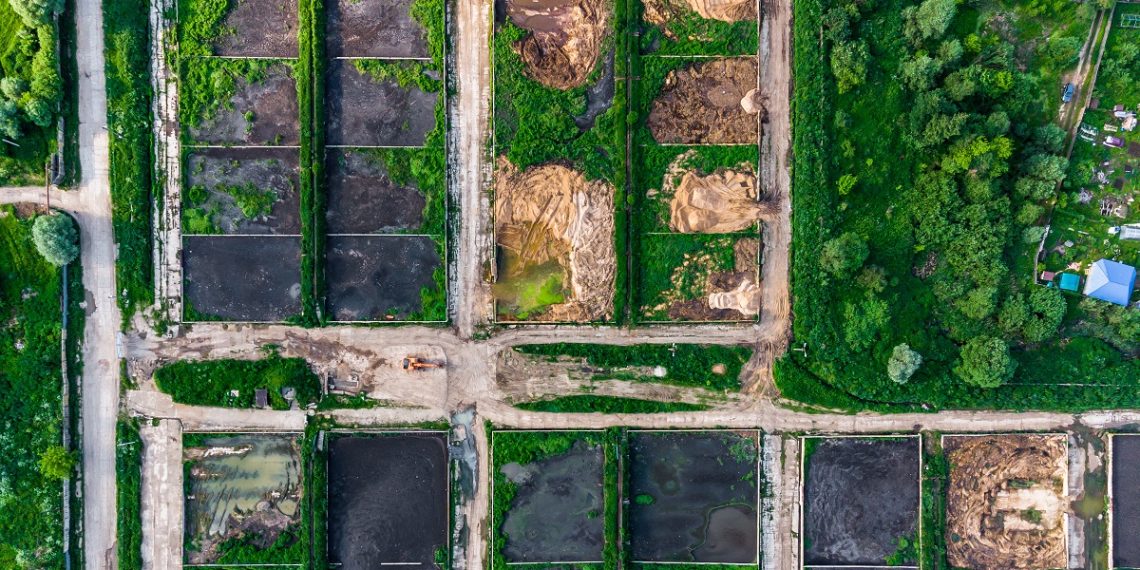Drainage systems are one of the most crucial parts of our homes. Being able to drain away excess and liquid wastes, is responsible for avoiding puddles inside and outside of our homes, which can typically become unsanitary, and worse musty and stinking. As drainage systems are a necessity to avoid water overflow, it is important to get to know them better so that when the inevitable time comes, we know what to do to maintain them and have a livable home.
Perhaps, you’ve heard of silt pits. Well, we may know drainage as with pipes only, but most homes in Australia have this as a significant part when it comes to draining waters. Basically, silt pit, as you read it, comes from the word silt and pit – silt is a sediment that is formed or carried by water or any form of liquid, and the pit is a hollow or indentation of a surface. When both words come together, it’s something where silt is delivered to the pit, to be able to gather them and have them extracted easily as well.
Silt Pits are common in drainage systems. As water runs and might be mixed with other materials, it can block your drainage and thus create a pool of water that does not flow through the canals. With silt pits, your drainage systems are capable of separating water and solid wastes, so wastewater can flow effectively through the system, and can be pooled together and not block your pipes (and it’s a hassle removing them as we all know it).
What does it look like?
Nonetheless, these pits can either be circular or square, depending on the size and shape of your main drainage. Moreover, they are placed at the bottom of the drainage, below the inlet and outlet pipes, and work well with washing all solid debris that can cause blockage, and later on be settled together. By then, you can remove solid wastes easily, be able to give more room for future solid wastes to be clamped together, and avoid entry to the pipes.
How to clean them
Silt pits can be hosed down once the pits already reach the outlet pipes. You can do this by using a pressurized hose to remove the debris. If ever it is full of scum that cannot be removed by hosing down, mild detergent and a brush might just do the trick. However, if you have big silt pits with big residue, it is recommended to contact a professional as silt pits should be carefully cleaned to work effectively.
Cleaning silt pits should be done regularly, either quarterly or annually, depending on your drainage’s capacity. Consequently, in stormy seasons, it is best to have them checked right after – too much water might have brought solid residue to the silt spit, and they might have surfaced near your outlet pipe already.
Now you know silt pits and how they work. If you’re a new homeowner, it’s always important to remember that your drainage system should be maintained, more importantly, your pipes and silt pits. Cleaning silt pits can save you troubles – avoiding puddles, overflowing water, preventing toxic wastes and putrid smells, and even keeping mosquitoes from laying eggs in stagnant waters.


